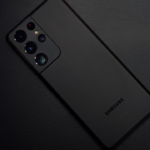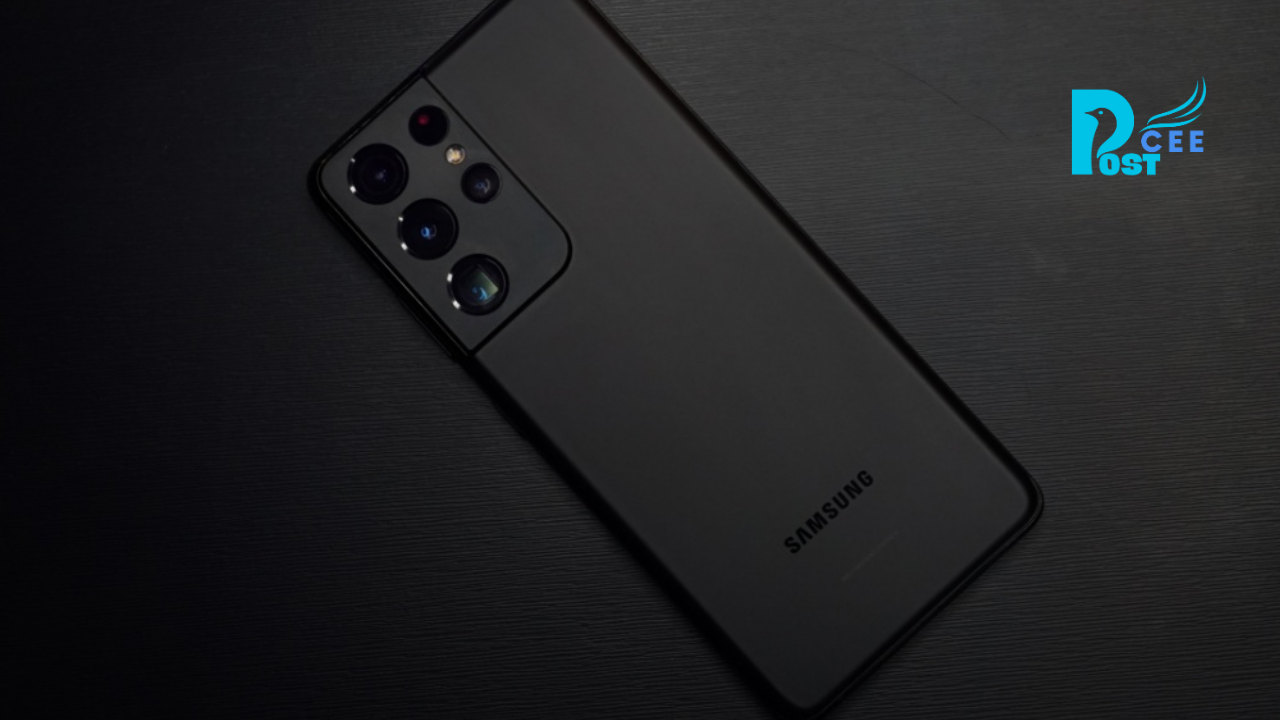In an increasingly digital world, cybersecurity threats have become a significant concern for smartphone users. Two giants in the industry, Samsung and LG, are currently facing increased risks of malware attacks on their devices. This article highlights the nature of these threats, the potential impact on users and businesses, and industry perspectives on dealing with such threats.
Highlighting the Issue
Recent cybersecurity research has indicated that Samsung and LG phones are increasingly being targeted by malware attacks Cybersecurity Ventures, 2023. Malware refers to any software intentionally designed to cause damage to a device, server, client, or computer network. In the mobile context, this translates to attacks on operating systems such as Android, which powers most Samsung and LG phones.
Statistical insights reveal that globally, Android devices encountered approximately 116.5 million malware installation packages in 2023 alone, up from 66.5 million in 2022 G Data, 2023. Although these figures are not broken down by manufacturer, Samsung and LG, as major Android players, are certainly affected.

Impacts and Implications
For individual users, a malware attack could result in data theft, including personal and financial information. Users may also experience reduced device performance or even device failure.
For businesses, the implications are even graver. Corporate devices carrying sensitive data can become targets, leading to breaches that can hurt operations and reputational standing. For the manufacturers themselves – Samsung and LG – these risks underscore the urgency of fortifying their software and hardware ecosystems.
Industry Reactions and Efforts
Both Samsung and LG have acknowledged the issue and are firmly committed to enhancing their cybersecurity postures Samsung Newsroom, 2023; LG Newsroom, 2023. They have invested in bolstering their in-built security features such as Samsung’s Knox and LG’s GATE, meant to protect against malware at both the application and system levels.
In concert with these individual manufacturer efforts, collective industry measures are also pivotal. The GSM Association has emphasized the need for industry-wide collaboration in tackling mobile malware threats GSMA, 2023.
User Awareness and Best Practices
Cybersecurity experts emphasize that user behavior plays a crucial role in mitigating malware threats. Users can protect their devices by avoiding downloads from unknown sources, regularly updating their phone software, and installing reputable security apps.
Moreover, initiatives like the STOP. THINK. CONNECT. Campaign advocate for educated digital habits to reduce malware attacks STOP. THINK. CONNECT., 2023.
While the rise in malware threats for Samsung and LG phones paints a concerning picture, the manufacturers’ proactive measures, coupled with industry-wide collaboration, raise hopes for better protection. Nonetheless, user awareness remains critical to complement these technical efforts. As the cyber landscape continues to evolve, maintaining robust cybersecurity practices will remain both a personal and collective responsibility.















